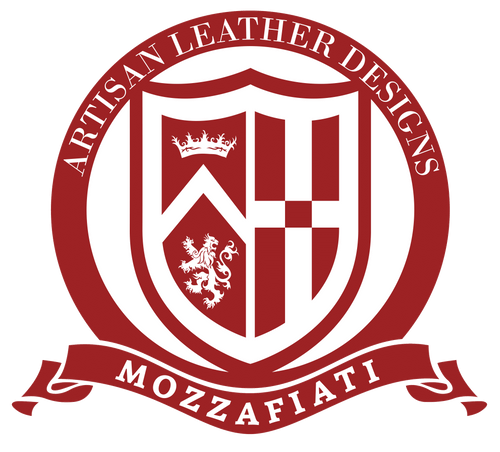About Us
MOZZAFIATI
Welcome to Mozzafiati, where we embody the essence of unparalleled engineering, design excellence, and a commitment to pushing boundaries. Our brand is synonymous with the fusion of innovation, cutting-edge aesthetics, and environmental consciousness.
We are inspired by the legacy of elegance, timelessness, craftsmanship, innovation and sustainability found in world renown brands that have come before us in the process of birthing our unique one of a kind designs. Our designs seamlessly blend power with sophistication, integrating functionality with style to offer a harmonious fusion of form and function.
We try to stay true to our philosophy of not being limited by conventional design boundaries by incorporating Avant- Gard materials and innovative construction techniques. This philosophy also drives us to pursuit excellence with the drive to create masterpieces with sleek curves, dynamic contours and refined finishes. At close look you will notice that each of our pieces evoke class, luxury and refinement.
Environmental Consciousness:
At Mozzafiati, we recognize our responsibility to the planet. We do our best at utilizing sustainable materials and eco-friendly production methods to protect both our employees and the environment. From ethically sourced chrome-free Italian and Colombian leathers to natural dyes, every element of our bags are thoughtfully selected to minimize environmental impact without compromising on quality or luxury.
Staying True to Heritage:
At the heart of Mozzafiati’s designs is a reverence for our rich heritage. Inspired by our legacy of creating timeless masterpieces, our bags exude elegance, sophistication, and exclusivity. Every detail, from the iconic Mozzafiati emblem adorning the exterior to the meticulously crafted interior compartments, reflects our unwavering commitment to craftsmanship and innovation.
Conclusion:
Mozzafiati believes that it is a leader in the luxury goods space-marrying engineering prowess with design excellence and environmental stewardship. By staying true to our heritage while embracing cutting-edge aesthetics and sustainability, Mozzafiati sets a new standard for luxury accessories, reaffirming our position as a pioneer in both design and lifestyle innovation
